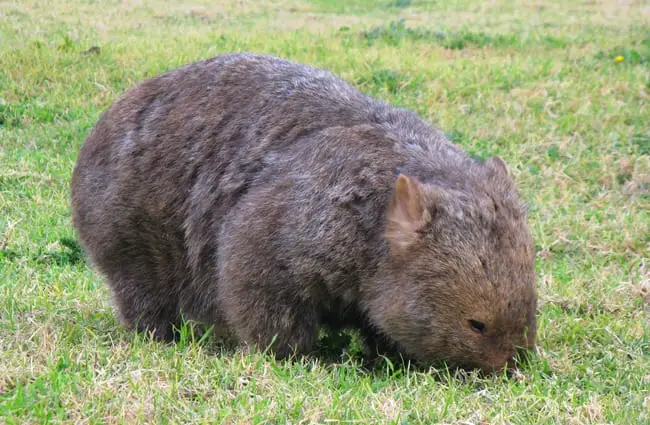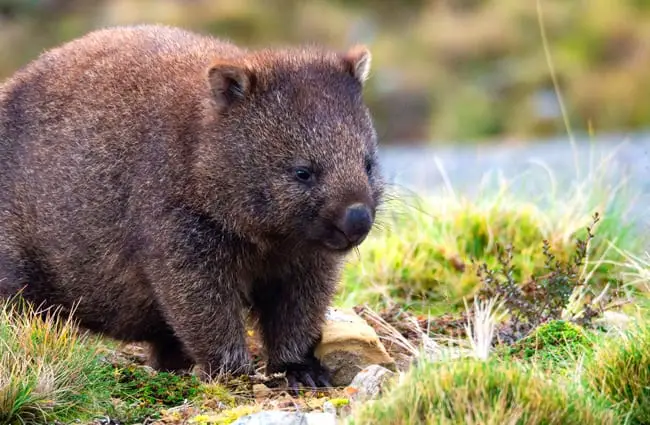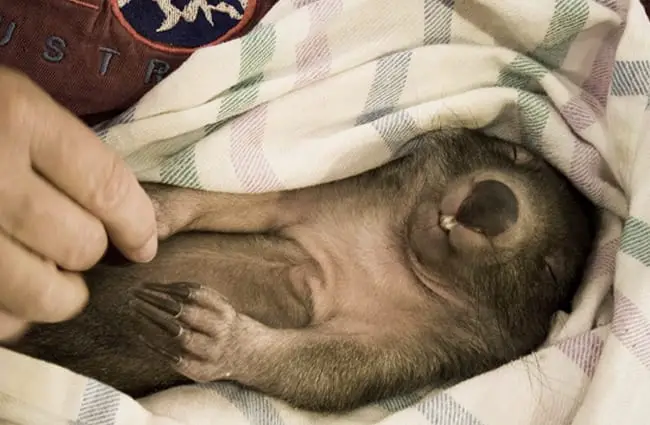The Australian continent harbors a wealth of unique marsupials, and among the most intriguing is the wombat. Often described as sturdy and unassuming, these burrowing herbivores play a vital ecological role and possess a surprisingly rich natural history. This guide delves into the world of wombats, covering their biology, behavior, habitat, and conservation status, providing insight for students, animal enthusiasts, and anyone curious about these fascinating creatures.

Wombat Basics: An Introduction
Wombats are short legged, muscular quadrupedal marsupials native to Australia. They are roughly the size of a medium dog, typically measuring between 70 and 120 centimeters in length and weighing between 20 and 35 kilograms. There are three extant species: the Common Wombat, the Southern Hairy Nosed Wombat, and the Northern Hairy Nosed Wombat. While all share a similar body plan, they differ in size, fur color, and habitat preference.
Physical Characteristics
Wombats are instantly recognizable by their compact build and powerful digging claws. Their bodies are designed for an underground lifestyle, with a tough, leathery skin and dense fur to protect against abrasion. Perhaps the most remarkable adaptation is their rear end. Wombats possess a cartilaginous plate over their rump, which they use to block their burrows, providing defense against predators and structural support for the tunnel. Their teeth are rodent-like, adapted for grinding tough vegetation.
Habitat and Distribution
Wombats occupy a diverse range of habitats across Australia. The Common Wombat is found in the cooler, wetter forests and woodlands of eastern Australia, including Tasmania. The Southern Hairy Nosed Wombat prefers dry forests and shrublands of southeastern South Australia and Victoria. The critically endangered Northern Hairy Nosed Wombat has a severely restricted range in central Queensland, existing in fragmented populations within sparse woodlands.

Burrow Systems
Wombats are renowned for their extensive burrow systems, known as warrens. These complex networks can span dozens of meters and include multiple entrances and chambers. Warrens provide shelter from the elements, protection from predators, and a safe place to raise young. A single warren can be used by generations of wombats, with new tunnels added over time.
Diet and Foraging
Wombats are herbivores, feeding primarily on grasses, herbs, roots, and bark. They are selective grazers, favoring succulent plants when available. Their digestive system is highly efficient at extracting nutrients from tough vegetation. They also exhibit coprophagy, consuming their own feces to further maximize nutrient absorption.
Nocturnal Behavior
Wombats are largely nocturnal animals, most active during the cooler hours of the night. They emerge from their burrows to forage, spending several hours grazing before returning to their warrens to rest. During the day, they typically remain underground, conserving energy and avoiding the heat.
Evolutionary History
The evolutionary history of wombats traces back millions of years. Their ancestors were likely more agile and diverse, but over time, they adapted to a burrowing lifestyle. Fossil records reveal that ancient wombats were larger and possessed different tooth structures. The evolution of their robust build and powerful claws reflects their increasing reliance on digging and underground living.

Reproduction and Life Cycle
Wombats have a relatively slow reproductive rate. Females typically give birth to a single joey, after a gestation period of around 20 to 22 days. The joey develops in its mother’s pouch for several months, gradually emerging for short periods before becoming fully independent. Wombats can live for 20 to 30 years in the wild.
Mating and Social Behavior
Wombats are generally solitary animals, but they do interact during the breeding season. Males compete for access to females, engaging in dominance displays and sometimes physical confrontations. They communicate through scent marking, leaving urine and feces to signal their presence and territory boundaries.
Wombats and the Ecosystem
Wombats play a crucial role in maintaining the health of their ecosystems. Their burrowing activities aerate the soil, improve drainage, and create habitats for other animals. Their grazing helps to maintain grassland vegetation, preventing the dominance of certain plant species. They also serve as prey for predators such as dingos and eagles.
Impact on Vegetation
While wombats are herbivores, their grazing has a complex impact on vegetation. They can help to promote the growth of certain plant species by reducing competition from others. However, excessive grazing can also lead to soil erosion and habitat degradation.

Wombats and Humans
Wombats have a long history of interaction with humans. Aboriginal Australians have traditionally hunted wombats for food and used their skins for clothing and other purposes. European settlers initially regarded wombats as pests, due to the damage they caused to agricultural land. However, attitudes have changed in recent years, with wombats increasingly recognized as iconic Australian animals.
Threats and Conservation
Wombats face a number of threats, including habitat loss, fragmentation, road mortality, and disease. The Northern Hairy Nosed Wombat is critically endangered, with a population of less than 300 individuals. The Southern Hairy Nosed Wombat is listed as vulnerable, while the Common Wombat is relatively stable but still faces localized threats. Conservation efforts include habitat protection, disease management, and translocation programs.
Encountering a Wombat in the Wild
If you are lucky enough to encounter a wombat in the wild, it is important to observe it from a distance. Avoid approaching or disturbing the animal, as this can cause it stress. If you are driving, be especially cautious in wombat habitat, as they are often active at night and can wander onto roads. If you find an injured or orphaned wombat, contact a local wildlife rescue organization.

Wombat Care in Captivity
Caring for wombats in captivity requires specialized knowledge and facilities. Wombats need spacious enclosures with plenty of substrate for burrowing. They require a diet of fresh grasses, herbs, and other vegetation. They also need regular veterinary care and enrichment activities to keep them stimulated. It’s important to mimic their natural behavior as closely as possible to ensure their well‑being.

In conclusion, wombats are fascinating and ecologically important marsupials. Their unique adaptations, slow reproductive rate, and vulnerability to threats make them a species worthy of conservation. By understanding their biology, behavior, and habitat requirements, we can help to ensure their survival for generations to come. Their sturdy presence is a testament to the resilience of Australian wildlife and the importance of preserving their natural environments.

![Red Angus Closeup of a beautiful Red Angus cowPhoto by: U.S. Department of Agriculture [pubic domain]https://creativecommons.org/licenses/by/2.0/](https://animals.net/wp-content/uploads/2020/03/Red-Angus-4-238x178.jpg)


![Red Angus Closeup of a beautiful Red Angus cowPhoto by: U.S. Department of Agriculture [pubic domain]https://creativecommons.org/licenses/by/2.0/](https://animals.net/wp-content/uploads/2020/03/Red-Angus-4-100x75.jpg)

